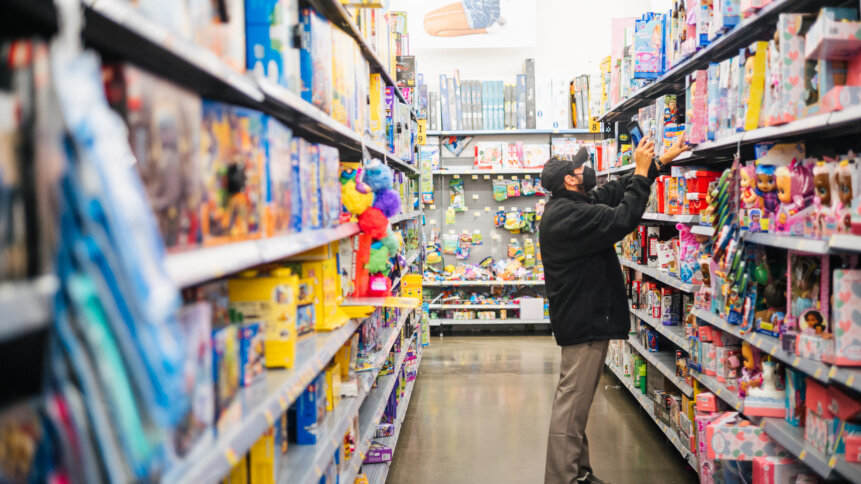Retail trends that sellers should consider heading into 2022

Retail trends are changing faster than ever before. The rise of Amazon, the popularity of online shopping, and the growth of e-commerce as a whole have changed consumers’ spending habits forever. To stay on top of the game, retailers need to know what’s happening in their business, follow retail trends and see how it fits into the bigger picture.
The retail environment will continue to change drastically in the next five years. While this may seem daunting, it presents an excellent opportunity for retailers willing to invest in their brands and make changes today with an eye toward the future.
As businesses prepare to enter into the possibility of an automated retail future, it’s essential to understand what will happen to the retail sector.
Retail trends see the rise of BNPL options
The US retail market is rapidly changing. The most significant changes are being brought about by the rise of online shopping and the growing importance of brick-and-mortar stores searching for new sales growth. The place where these two trends intersect most effectively is in a category called “buy now, pay later (BNPL).”
The concept of BNPL payment options will rise in-store in 2022 as the technology continues to be refined. A new report published by Juniper Research predicted that the global value of these transactions would reach US$180 billion by the same year.
The option is currently being considered by many major retailers, with more companies offering it as an alternative payment method for online purchases.
Value in the Supply Chain
The supply chain sector will change in the next five years, with retailers heavily depending on them for order fulfillment. It is not a secret that supply chains will be one of the main points of failure and success for companies in the near future. Technological advancements that are currently taking place and happening rapidly will build out the vision of the future supply chain.
By 2022, supply chain companies will also have access to technologies such as wearable sensors, 3D-printing advanced materials, and Internet of Things (IoT) devices to optimize the flow of goods in their system.
It also seems that blockchain technology, which was initially harnessed to solve problems in the cryptocurrency space, can improve and create a reliable, cost-effective, and transparent system within the supply chain.
A decentralized ledger allows all parties to track assets digitally through production, distribution, and sale stages. This way, consumers can trace their food from farm to table, for example. The key is making sure businesses choose the right technology for their needs, and understand how it can apply to the specific industry.

The Hyundai Integral container ship (L) enters the Port of Los Angeles on November 30, 2021, in San Pedro, California. (Photo by MARIO TAMA / GETTY IMAGES NORTH AMERICA / Getty Images via AFP)
Omnichannel experiences as retail trends in 2022
In 2022, the key to successful retailing will be an integrated, omnichannel approach. Consumers still want a seamless shopping experience when they’re buying products and services. But for retailers to succeed, it takes more than just expanding on website capabilities and opening new stores. The competition is fierce in retail, so a business strategy that embraces every channel of customer touchpoints — online and off — to generate traffic and increase sales is needed.
As consumers shift from an online to an omnichannel experience, challenges will arise. According to the McKinsey Global Institute, by 2022, digital commerce sales in the US alone will reach US$4 trillion per year — a growth of more than 50% from 2017. This significant part of this growth will come from omnichannel purchases.
Experiential retail engaging customers
As consumers become savvier, businesses have to get more creative to stay relevant and submit to retail trends. Stores will become the go-to place for brands to interact deeply with consumers and create more personalized experiences.
The average person is exposed to an estimated 5,000 marketing messages each day, making it a challenge for brands to notice their products amidst all the noise.
That’s where experiential retail comes in. Experiential retail focuses on creating a memorable experience that encourages people to engage with brands and products, allowing a sharing experience with their social communities online.
Experiential retail is a concept that will continue to grow in popularity as technology becomes more advanced and mobile devices become even more prevalent in everyday life.










